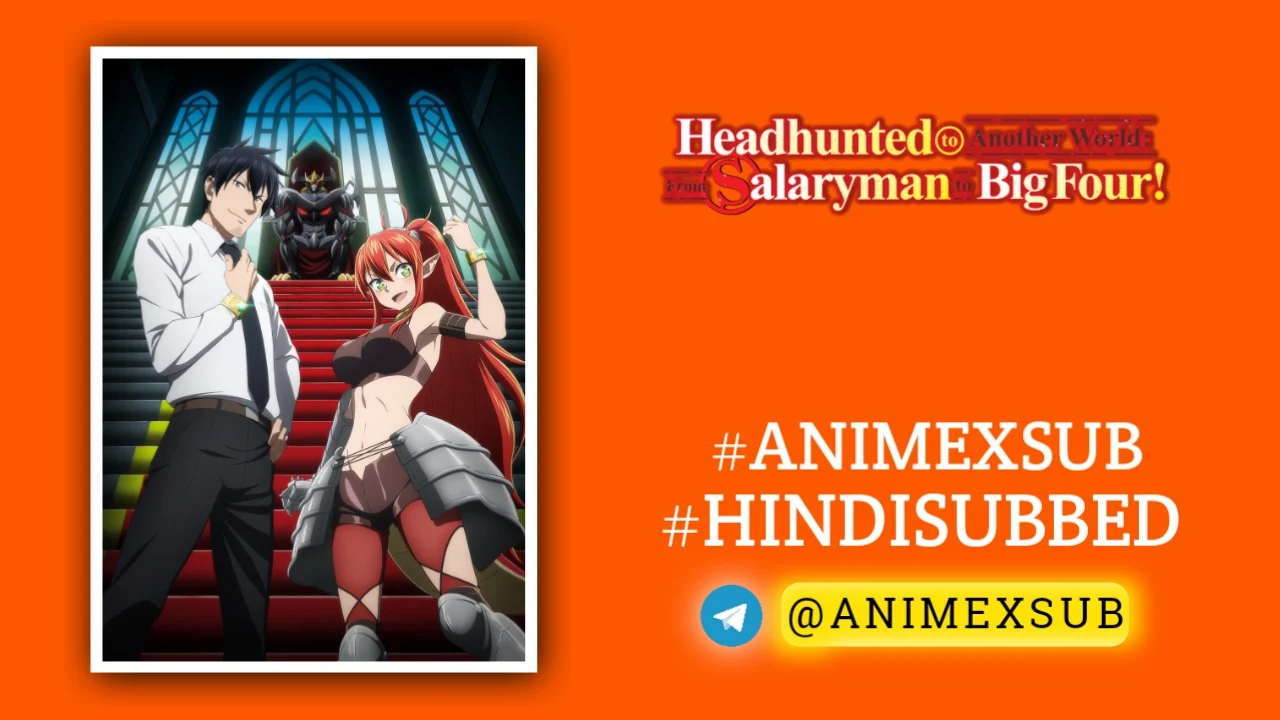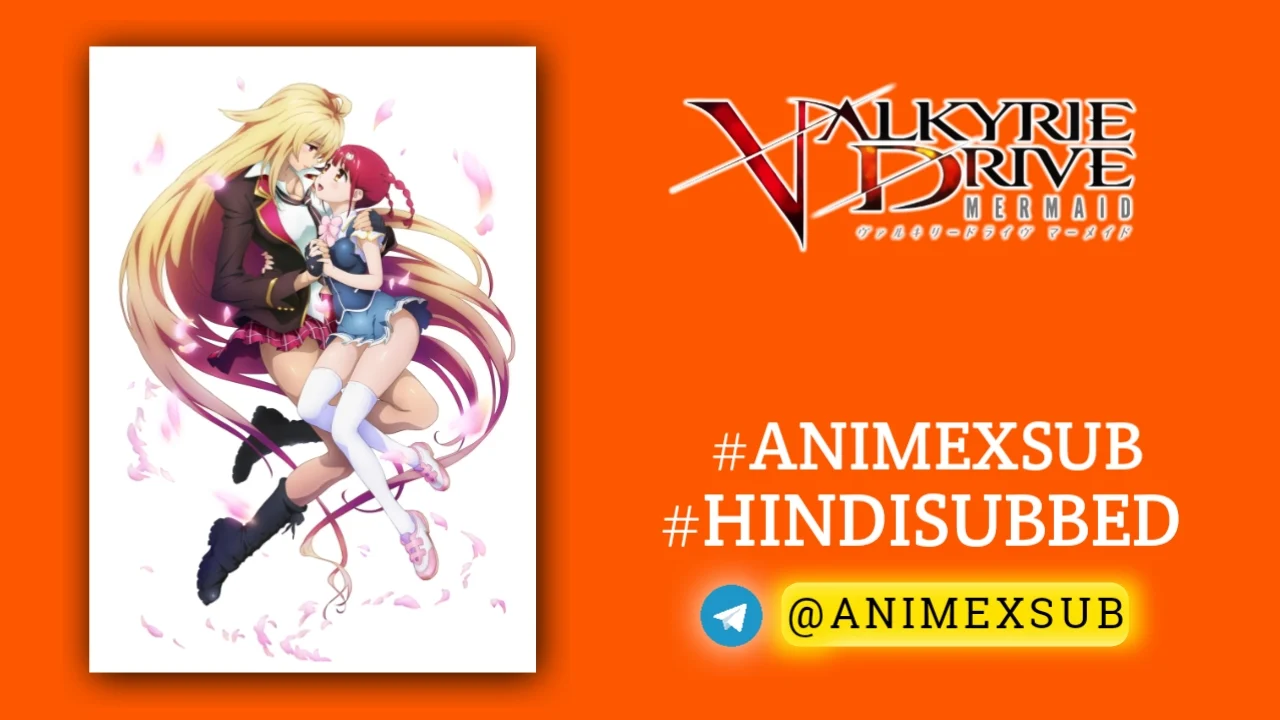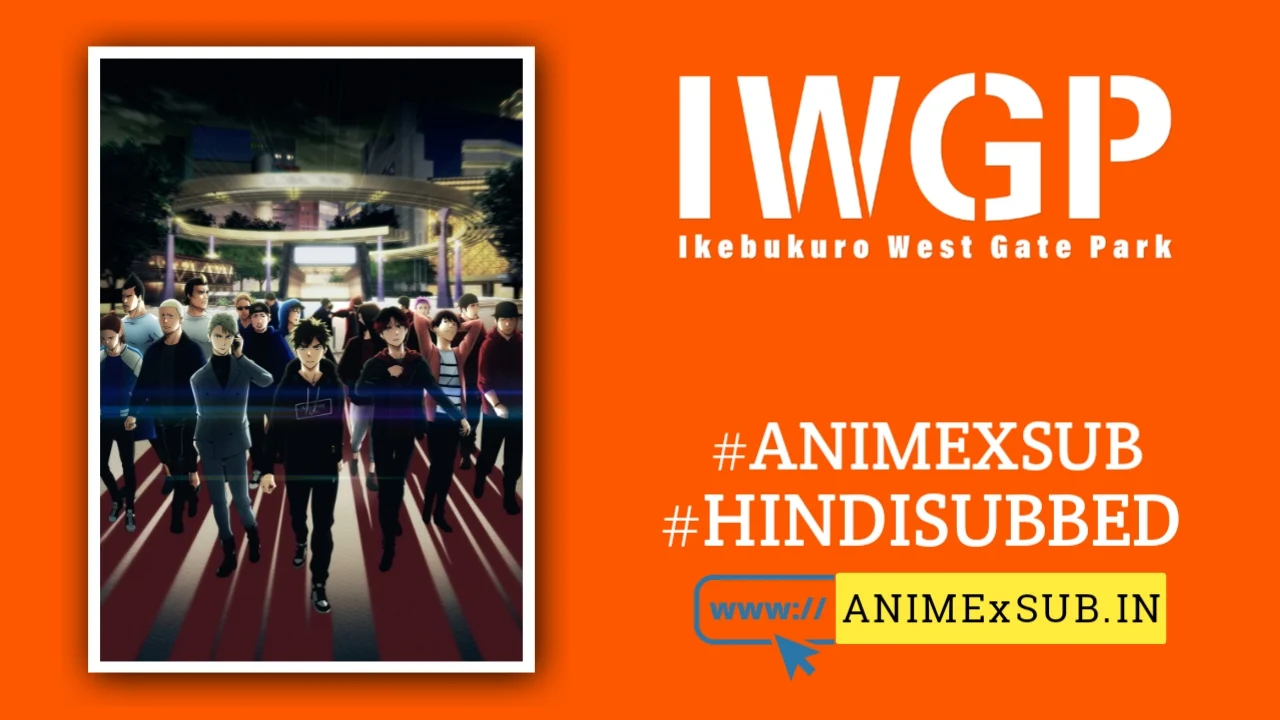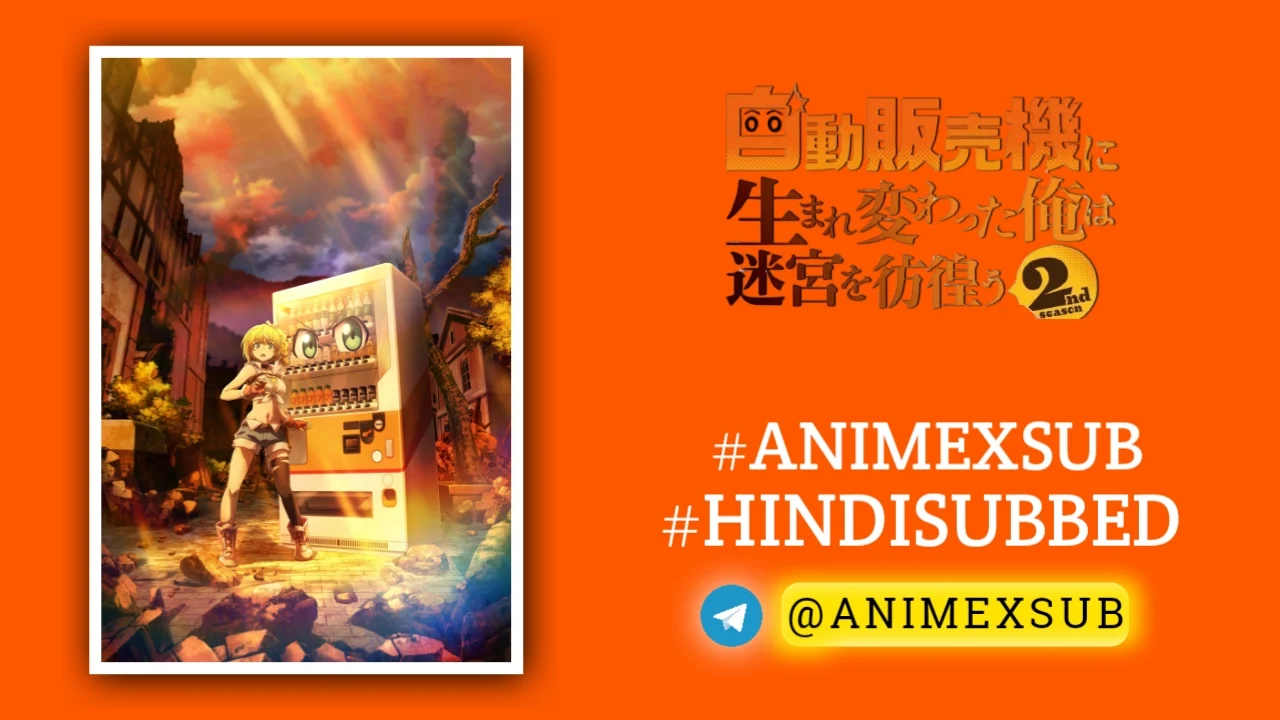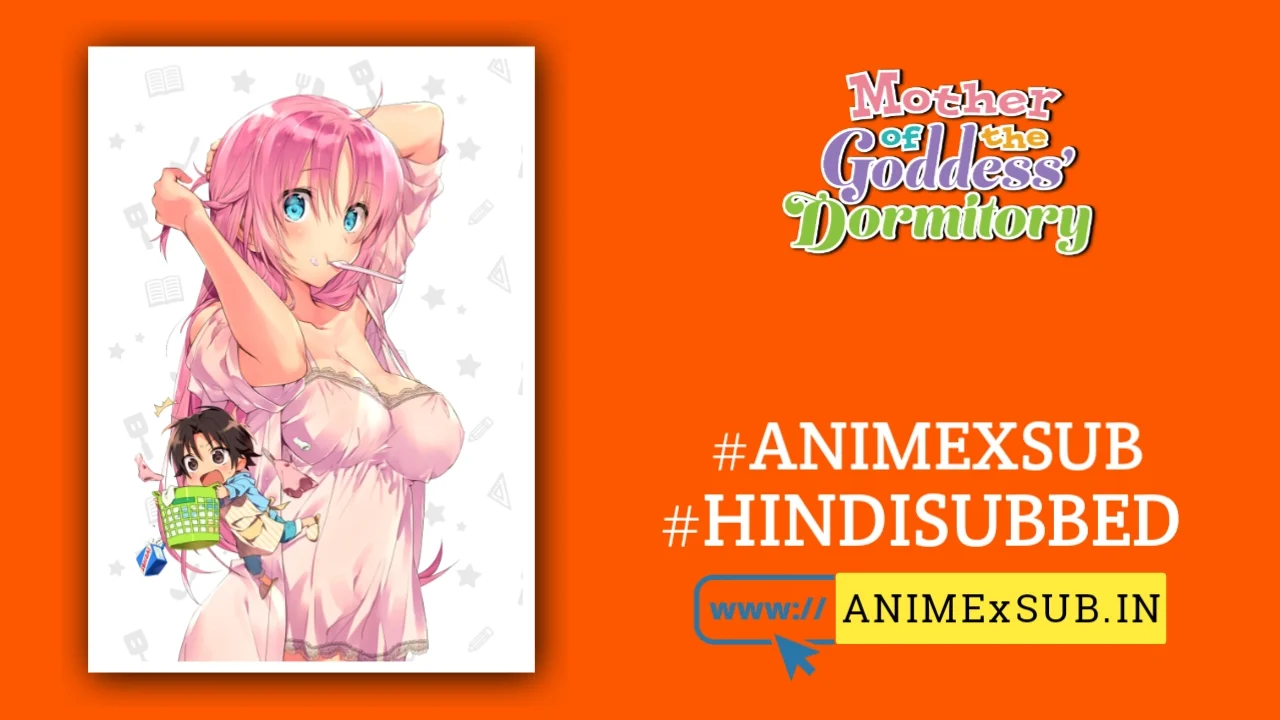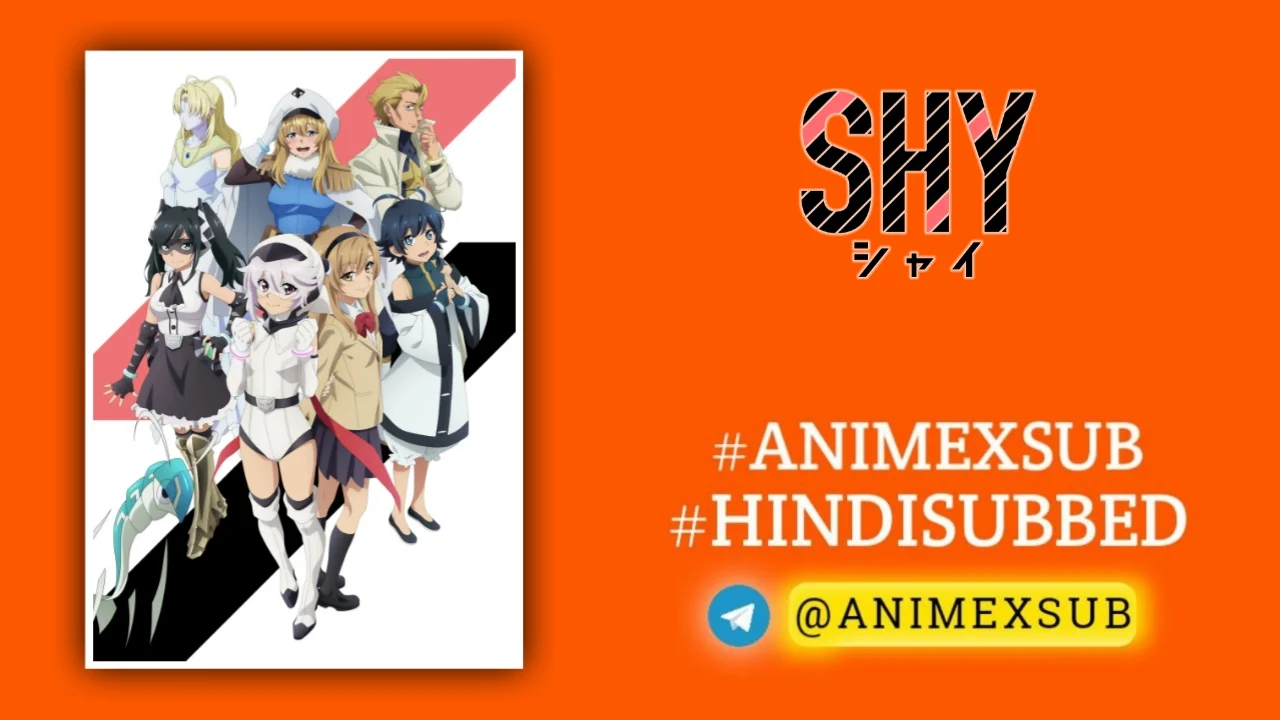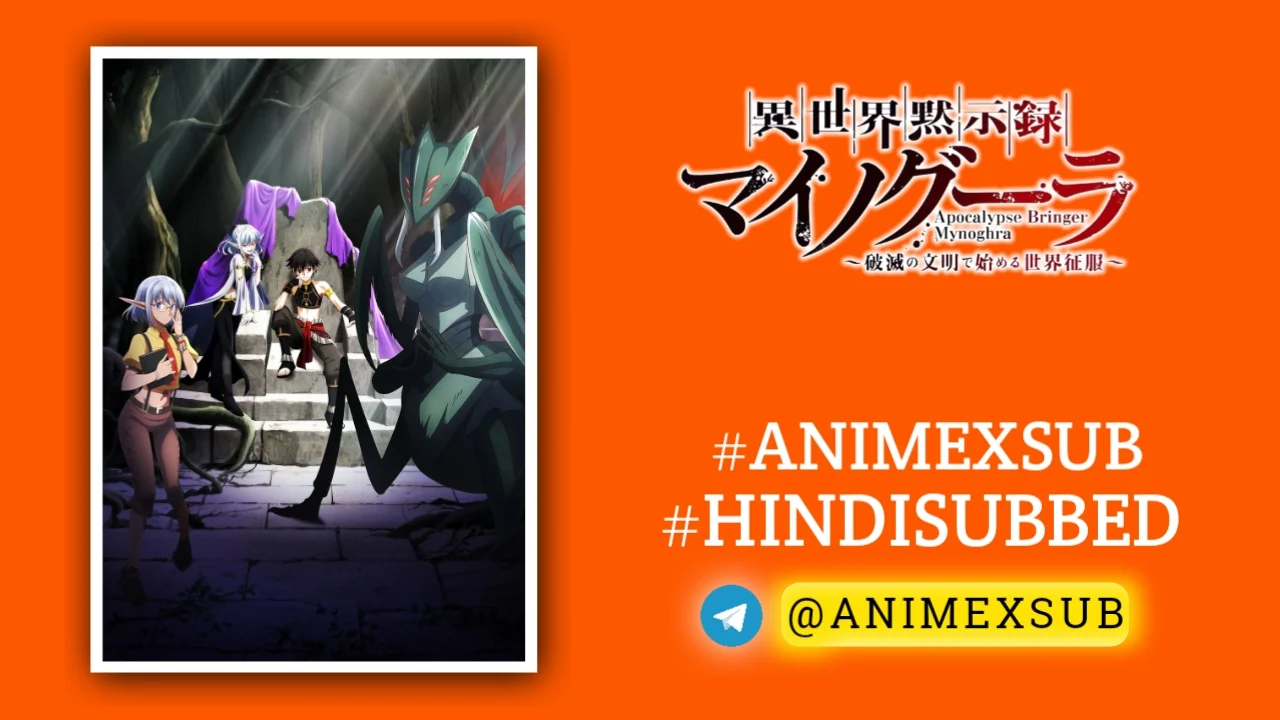
Apocalypse Bringer Mynoghra Hindi Subbed [07/12] | Isekai Mokushiroku Mynoghra Hindi Sub!!

Isekai Mokushiroku Mynoghra: Hametsu no Bunmei de Hajimeru Sekai Seifuku
Apocalypse Bringer Mynoghra: World Conquest Starts with the Civilization of RuinSynopsis
Takuto Ira succumbed to illness at a young age and ended up reincarnating in a world that resembles the fantasy turn-based strategy game Eternal Nations. Not only did he reincarnate into his favorite game, but as the god who commands the evil civilization Mynoghra. With Mynoghra's beautiful hero unit, Sludge Witch Atou by his side, not even legendarily difficult race traits will stand in the way of restarting their civilization! “Lord Takuto…won't you start over with me?” Explore, Expand, Exploit, Exterminate! A tactical fantasy world is waiting for heroes like you! Join Eternal Nations today! (Source: Cross Infinite World)
Watch Trailer
Characters
Apocalypse Bringer Mynoghra Season 1: A Cerebral Isekai That Redefines Empire-Building
Apocalypse Bringer Mynoghra: World Conquest Starts with the Civilization of Ruin Season 1, which premiered in July 2025, is a bold and cerebral addition to the isekai genre, blending strategic depth with morally complex storytelling. Adapted from Fehu Kazuno’s light novel series, this anime, produced by Maho Film, distinguishes itself by leaning heavily into the mechanics of 4X strategy games (Explore, Expand, Exploit, Exterminate), offering a fresh perspective on the well-trodden isekai trope of world domination. This review delves into the show’s unique strengths, its challenges, and why it stands as a compelling, if imperfect, experiment in anime storytelling, based on its narrative innovation, character dynamics, and thematic ambition.
A Premise Rooted in Strategy and Subversion
The story follows Takuto Ira, a terminally ill teenager and legendary player of the strategy game Eternal Nations, who dies and reincarnates as the god-king of Mynoghra, an “evil” civilization from his favorite game. Accompanied by his loyal hero unit, Sludge Witch Atou, Takuto sets out to rebuild Mynoghra in a dark fantasy world teeming with political intrigue and existential threats. Unlike typical isekai protagonists who wield overwhelming power, Takuto’s strength lies in his strategic acumen, shaped by his gaming expertise, and his ability to navigate a world where his “evil” alignment is more a perception than a reality.
What sets Mynoghra apart is its focus on nation-building over flashy combat. The series draws heavily from 4X strategy games like Civilization or Dominions, with Takuto meticulously managing resources, forming alliances with non-human factions like the Dark Elves, and outmaneuvering enemies through diplomacy and subterfuge. This approach, rarely explored in anime, creates a slow-burn narrative that prioritizes intellectual triumphs over brute force, making every decision feel like a high-stakes chess move. For instance, Takuto’s choice to integrate Dark Elf refugees into Mynoghra using the game’s refugee system showcases his ingenuity, turning a potential liability into a diplomatic victory.
Strengths: A World of Depth and Moral Ambiguity
The anime’s greatest asset is its world-building, which feels both expansive and grounded. The continent of Idoragya is a tapestry of competing factions—human nations like the Holy Kingdom of Qualia, monstrous entities, and Takuto’s fledgling Mynoghra—each with distinct ideologies and mechanics drawn from different gaming genres. The clash between Mynoghra’s 4X strategy roots and the RPG-inspired mechanics of the Demon Lord’s army (from Brave Questers) introduces a fascinating meta-commentary on gaming systems, where Takuto must adapt his turn-based strategies to counter real-time threats. This narrative device elevates the show beyond typical isekai fare, offering a layered exploration of how game mechanics translate into a living, breathing world.
Takuto himself is a refreshing protagonist. Unlike the ruthless Ainz Ooal Gown of Overlord, to which Mynoghra is often compared, Takuto is a reluctant “evil” overlord. His hospital-bound past and social awkwardness make him empathetic, yet his willingness to commit morally gray acts—such as unleashing Atou’s devastating abilities to protect his people—adds complexity. He’s a strategist who prefers peace but isn’t afraid to play the villain when pushed, as seen in his calculated response to an assassination attempt by Qualia’s saints and the Slurping Witch Erakino. This duality, coupled with his reliance on game knowledge, makes him a compelling underdog despite his godlike status.
Atou, voiced by Tomori Kusunoki, is another standout. Her dual nature—adorable and loyal to Takuto, yet a sadistic force in battle—creates a dynamic that balances dark humor with genuine emotional stakes. Her ability to steal skills and memories from enemies adds a tactical edge to Mynoghra’s arsenal, while her unwavering devotion to Takuto grounds the story in a heartfelt partnership. The supporting cast, including the Dark Elf sisters Caria and Maria and the insect queen Isla, enriches the narrative with their own agendas, making Mynoghra feel like a living nation rather than a mere backdrop.
The anime’s visual and auditory elements enhance its atmosphere. Kaho Deguchi’s character designs capture the eerie contrast between Mynoghra’s monstrous denizens and their human-like loyalty, while Yuki Sakai’s art direction paints a grim yet vibrant world. The opening theme, “Majestic Catastrophe” by Rico Sasaki, blends ominous tones with strategic gravitas, perfectly setting the stage for Takuto’s conquest. Kujira Yumemi and Midori Narikiyo’s score amplifies the tension of political maneuvering and the dread of impending conflicts.
Weaknesses: Pacing and Adaptation Struggles
Despite its ambition, Mynoghra stumbles in execution, particularly in its pacing. The first three episodes, as noted in reviews, feel sluggish as the anime establishes its world and Takuto’s strategies. While this slow buildup suits the 4X-inspired narrative, it risks alienating viewers accustomed to faster-paced isekai. The adaptation also struggles to translate the light novel’s internal monologues, which are crucial for understanding Takuto’s game-informed decisions. Without this context, some of his actions—like burning mana to aid refugees—can feel abrupt or overly altruistic, undermining the “evil” facade the story aims to maintain.
Animation quality is another point of contention. Posts on X and reviews suggest Maho Film’s budget constraints are evident, with static scenes and limited fluidity in action sequences. While the art direction compensates, the lack of dynamic visuals can dull the impact of key moments, such as Atou’s battles. Additionally, the narrative’s reliance on game mechanics, while innovative, occasionally feels like a crutch, with terms like “refugee system” or “hero units” thrown around without enough explanation for non-gaming audiences.
A Darker Turn and Untapped Potential
By episode six, as highlighted in reviews, Mynoghra begins to embrace a darker tone, particularly with Takuto’s vengeance against Qualia after their assassination attempt. This shift, coupled with the introduction of the All-Faction Conference and the mysterious Chaste Witch Vagia, hints at escalating diplomatic and military conflicts. The anime’s exploration of Takuto’s struggle to balance his moral compass with Mynoghra’s apocalyptic destiny is compelling, but it’s clear the series is still finding its footing. The potential for a “next-level” isekai lies in its ability to lean into these darker themes and political intricacies, but it needs sharper execution to fully realize its ambition.
Why It Stands Out
Apocalypse Bringer Mynoghra Season 1 is not your typical isekai. It’s a love letter to strategy gamers and fans of morally gray narratives, offering a unique blend of empire-building, tactical depth, and existential dread. Its comparisons to Overlord are inevitable but misleading—where Overlord revels in its protagonist’s dominance, Mynoghra thrives on Takuto’s vulnerability and strategic ingenuity. The show’s focus on non-human alliances, like the Dark Elves and insect monsters, subverts the human-centric heroics of most isekai, while its game-inspired conflicts add a layer of intellectual engagement rarely seen in the genre.
Final Verdict
Apocalypse Bringer Mynoghra Season 1 is a flawed but fascinating experiment that pushes the boundaries of isekai storytelling. Its slow pacing and adaptation challenges hold it back from greatness, but its rich world, complex characters, and innovative 4X-inspired premise make it a standout for those willing to invest in its cerebral approach. If future episodes embrace the darker path teased in episode six and refine the balance between strategy and action, Mynoghra could redefine what an isekai can be. For fans of Civilization, Overlord, or morally ambiguous fantasies, this is a series worth watching—just don’t expect instant gratification.
Rating: 7.5/10 – A promising start with room to grow, best suited for strategy enthusiasts and those craving a darker, smarter isekai.
Sources: Information drawn from web discussions and reviews, including Anime News Network, Reddit, and NexPlay, for a comprehensive take on the series’ reception and themes and download from ANiMExSUB.iN.1
Support Our Anime Community!
Love watching the latest anime? Help us keep uploading new episodes by join telegram channel ❤️
Join Now!









